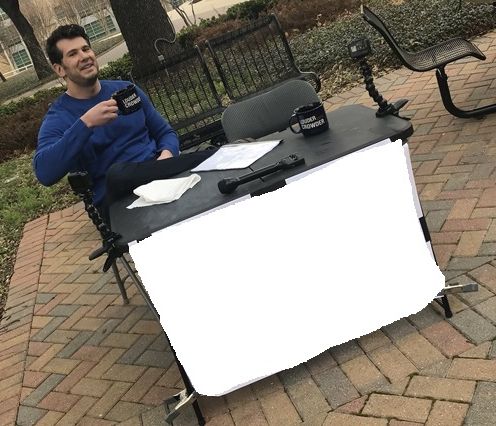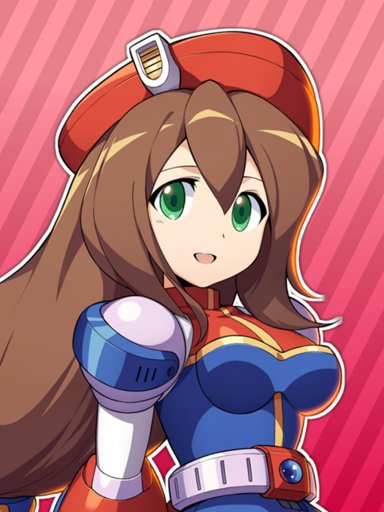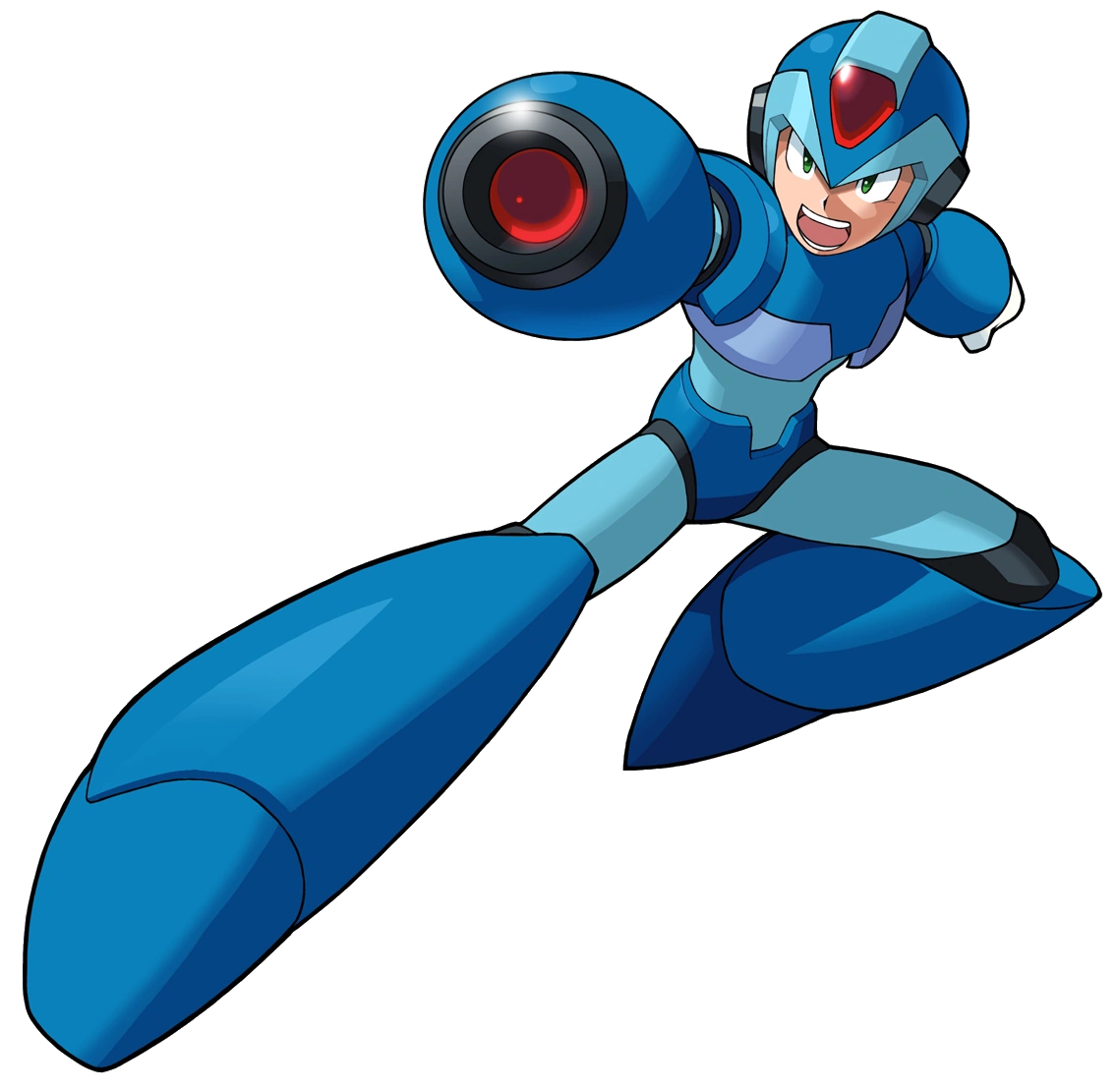Komatsu
Member
Hey folks, so a rather extended work trip had me taking my Switch with me. Decided on a whim to play through the Mega Man Zero franchise on the ZX Legacy Collection. I had played the games when they first came out in the 2000s, but holy shit. These games are the apex of the entire MM franchise.
Plot spoilers to follow - you've been warned.
Mega Man X was already the darker and edgier sequel to the original series, but Zero just cranks everything to 11. The whole series is basically about surviving a robot holocaust, with tensions between humanity and their creations at a fever pitch. I didn't pay that much attention to it in 2002-2005, but looking back, it really is striking how plot heavy the games are.


The Art
But let's start first with some of the big changes introduced. The first one, which caused a fair amount of bellyache at the time, was a change in character design. Mega Man X, since at least the fourth game, has been mostly defined by the designs of Haruki Suetsugu, the legendary CAPCOM illustrator that goes by the moniker SENSEI.

You can see the art evolution from Inafune's initial design - it was with Suetsugu that the X franchise achieved artistic maturity. All following character designers were heavily indebted to him. However, for Zero, producer Inafune went with Toru Nakayama - a relative newcomer, with a markedly different character style:



The Staff
Let us speak too of the team behind the development of the four Zero titles. MMZ is a bit of the odd duck out in the Mega Man family since all four games were produced and directed by the same people. Director Yoshinori Kawano directed all four games, and Keiji Inafune, then at the height of his powers as the producer of the whole Mega Man franchise, was involved in all four games as well. Here's a bit more about these two gentlemen, taken from their Mega Man Legends Developer Interview (courtesy of shmuplations):


(one wonders that Kawano's remark that Mega Man Legends can be enjoyed by everyone, even women, probably would land him in hot water these days - bear in mind this interview is from 1997)
Besides the two CAPCOM employees at the helm, Mega Man Zero 1-4 were developed as a commissioned product by Inti Creates, a company founded by former CAPCOM staff that was then treading water. It was their involvement with the Zero Franchise that finally put them in firmer footing. Inti Creates went on to produce games such as
The Wiki has a interesting section on how development of the games was tackled by the parties involved:
There's a lot of variation here as the games progressed. Quoting here from The Den of Geek:
Ippo Yamada and others were involved in composing the soundtrack to all four games. Widely praised at the time, one can find some of the best music of the entire Mega Man franchise here:
Commentary
Holy shit, these games are hard. In Zero 1 you cannot select what boss you are going to face, and the intricate levels as well as diminished field of view make sudden death a fairly common occurrence. Also, I sincerely not know what was in the water in Osaka, but these games are grim. Don't let Nakayama's cutesy designs and all the anime-y talk of elfs, dark elfs etc deceive you, these are the darkest Mega Man games ever released. All four games have downer endings, but...

The final game in the franchise, 4, ends with the series heroine, Ciel, sobbing her hear out while Zero, the hero, dies a fiery death as the satellite he was in disintegrates in the atmosphere. She just sits there crying while the credits roll. And this game was rated "E"!
So, fellow GAFers, what are you guys' opinion on the franchise? Too hard, too silly? A masterpiece?
Plot spoilers to follow - you've been warned.
The Games


Mega Man X was already the darker and edgier sequel to the original series, but Zero just cranks everything to 11. The whole series is basically about surviving a robot holocaust, with tensions between humanity and their creations at a fever pitch. I didn't pay that much attention to it in 2002-2005, but looking back, it really is striking how plot heavy the games are.


The Art
But let's start first with some of the big changes introduced. The first one, which caused a fair amount of bellyache at the time, was a change in character design. Mega Man X, since at least the fourth game, has been mostly defined by the designs of Haruki Suetsugu, the legendary CAPCOM illustrator that goes by the moniker SENSEI.

You can see the art evolution from Inafune's initial design - it was with Suetsugu that the X franchise achieved artistic maturity. All following character designers were heavily indebted to him. However, for Zero, producer Inafune went with Toru Nakayama - a relative newcomer, with a markedly different character style:



The Staff
Let us speak too of the team behind the development of the four Zero titles. MMZ is a bit of the odd duck out in the Mega Man family since all four games were produced and directed by the same people. Director Yoshinori Kawano directed all four games, and Keiji Inafune, then at the height of his powers as the producer of the whole Mega Man franchise, was involved in all four games as well. Here's a bit more about these two gentlemen, taken from their Mega Man Legends Developer Interview (courtesy of shmuplations):


(one wonders that Kawano's remark that Mega Man Legends can be enjoyed by everyone, even women, probably would land him in hot water these days - bear in mind this interview is from 1997)
Besides the two CAPCOM employees at the helm, Mega Man Zero 1-4 were developed as a commissioned product by Inti Creates, a company founded by former CAPCOM staff that was then treading water. It was their involvement with the Zero Franchise that finally put them in firmer footing. Inti Creates went on to produce games such as
The Wiki has a interesting section on how development of the games was tackled by the parties involved:
One goal for the developer was to make Mega Man Zero the most challenging out of all the games in the franchise up to that point. The gameplay model and characters act as extensions of the Mega Man X series, which itself expands upon the original Mega Man series. Zero was a secondary protagonist in the Mega Man X storyline. However, Inti Creates started developing Mega Man Zero without the character as the game's focus. Inafune had originally intended for 2000's Mega Man X5 to be the final game in its own series, ending with Zero's death. When Inafune requested that they make Zero its central character, the company complied and inserted Zero into their draft. Though Zero was mostly depicted as a benevolent hero in the X series, the designers wanted to blur the line between good and evil when drawing up the new game's narrative. This meant having Zero and Ciel's resistance feared by humanity as terrorists and making the Four Guardians and Pantheons protectors of the human race. The game's main antagonist was a popular topic of discussion during production, and the developer often sought input from Capcom in this regard. Tsuda jokingly suggested that they make the original X the final boss, an idea that was at first accepted. According to Ito, Inti Creates realized that it "wouldn't sit so well with the young boys and girls that really do see [X] as a hero", so they replaced him with Copy X just one month before release. It was around this time that the writers designated Ciel as Copy X's creator. Complex explanations were added to the timeline to make this consistent with Ciel's young age. Other parts of the storyline were adjusted towards the end of production to allow for a sequel, as the team felt the characters were "quite memorable in their own right".
The Gameplay


There's a lot of variation here as the games progressed. Quoting here from The Den of Geek:
The basic gameplay of the Mega Man Zero games will be instantly familiar to anyone used to playing as Zero in the Mega Man X games, but there are also several twists. While only Zero is playable, returning roughly a century after the conclusion of the X series, he can still dash, shoot, and use his trusty Z-saber to slay reploids. Other new weapons, such as the whip-like Chain Rod, tonfa-like Recoil Rod, and weapon-stealing Zero Knuckle appear later in the series.
Where the Zero games differ (especially the first game) is their emphasis on chips and Cyber Elves over gaining the abilities from defeated bosses. Chips give Zero new elemental-infused attacks, such as thunder, fire, or ice, while Cyber Elves are single-use power-ups that grant status effects, automatically saving Zero from pits to reducing the life gauges of bosses.
While the Mega Man series is often rightfully criticized for how little each game changes, there's actually a significant amount of variety in the Mega Man Zero games. Mega Man Zero 3 introduces a new customization system that allows you to use chips to upgrade different parts of Zero's body, while the fourth title in the series overhauls the cyber elf system so that you continually upgrade one elf. Mega Man Zero 4 also introduces a unique weather system that adjusts the difficulty of levels and affects whether you can gain skills from each stage boss.
The Music


Ippo Yamada and others were involved in composing the soundtrack to all four games. Widely praised at the time, one can find some of the best music of the entire Mega Man franchise here:
Commentary
Holy shit, these games are hard. In Zero 1 you cannot select what boss you are going to face, and the intricate levels as well as diminished field of view make sudden death a fairly common occurrence. Also, I sincerely not know what was in the water in Osaka, but these games are grim. Don't let Nakayama's cutesy designs and all the anime-y talk of elfs, dark elfs etc deceive you, these are the darkest Mega Man games ever released. All four games have downer endings, but...

The final game in the franchise, 4, ends with the series heroine, Ciel, sobbing her hear out while Zero, the hero, dies a fiery death as the satellite he was in disintegrates in the atmosphere. She just sits there crying while the credits roll. And this game was rated "E"!
So, fellow GAFers, what are you guys' opinion on the franchise? Too hard, too silly? A masterpiece?




